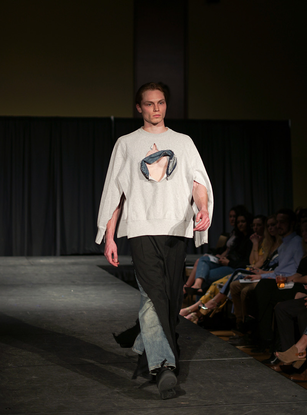DIARY OF A JAWNZ ENTHUSIAST
Sometime around 2013, I discovered something that would change my life forever. Once I discovered jawnz, I never looked back. This blog is a collection of my thoughts on clothing, my relationship to clothes, and the interaction between clothing and the rest of the world.

